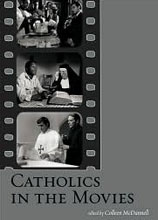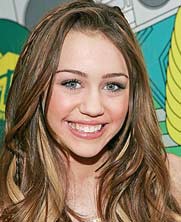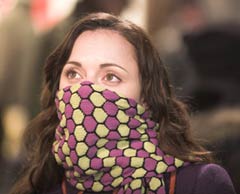 Every generation has its signature Catholic movie: Bing and Barry Fitzgerald in “Going My Way,” Julie Andrews nose-wrinkling her way through “The Sound of Music,” the ambivalent faith and flawed priests of 1984’s “Mass Appeal,” Mel’s militant metaphysics in “The Passion of the Christ.”
Every generation has its signature Catholic movie: Bing and Barry Fitzgerald in “Going My Way,” Julie Andrews nose-wrinkling her way through “The Sound of Music,” the ambivalent faith and flawed priests of 1984’s “Mass Appeal,” Mel’s militant metaphysics in “The Passion of the Christ.”
Late last year, Colleen McDannell, the authority on the “material culture” of American religion, has written, “Catholics in the Movies,” a book that shows how a Protestant country’s movie industry made Catholicism its official religion.
Hollywood’s first Catholic heroes were priests and nuns, McDannell points out. The black-draped crusaders were natural heroes as their immigrant flocks fought to gain a place in American society, and then as a bulwark against Communism after the Second World War. It was after the Vatican II reforms in the mid-’60s that the church’s ritual and the mystery of the clergy’s personal lives became suspect. Meantime, nuns served as a check on feminism, McDannell says, by turning bossy and “at worst, abusive.” Eventually, for every heroic Father Karras saving a girl’s life in “The Exorcist,” there is Christopher Reeve’s ruthless profligate of “The Monsignor.”
Still, McDannell seems to think both institutions benefited from their relationship: Catholicism helping Hollywood to discover its best story lines and Hollywood promoting Catholics into the center of the nation’s life in return. Read a review of McDannell’s book, along with a list of seminal Catholic flicks, here.


